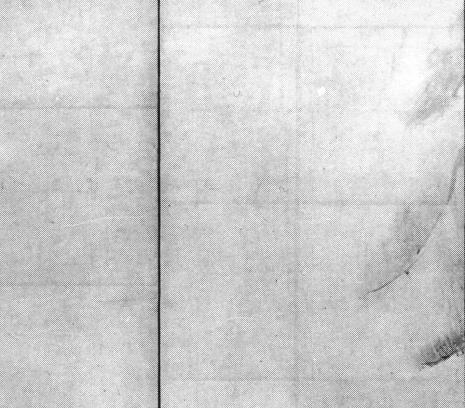A Comparative Study on Taoism and Zen Landscape Ink Painting in China and Japan
DOI:
https://doi.org/10.69598/sbjfa240956Keywords:
Taoism, Zen, Landscape Painting,, TruthAbstract
Objective of this study is to compare aesthetic in landscape paintings of Taoism with aesthetic in landscape paintings of Zen from China and Japan. This study focuses on the analysis of aesthetic and painting making methods. Also, the study gives an emphasis on the analysis of a relationship between believes and art style. Result of the study is that the paintings and art philosophy share some similarities. Painters create paintings expressing imagination that does not need a word to explain. Taoism cannot be explained through language and object. Painters create paintings to have these characteristics as follows: Landscape paintings do not depict a fixed horizontal line and fixed perspectives. Open space in landscape painting allows several fog streams to connect between those on mountains and those around bushes. This is how the painters express about their ideas about natural power and life that exists in things. The vast atmosphere is important for painters. While Zen paintings focus on an immediate action, letting the space function as a medium of philosophy. Paintings from both philosophies, therefore, reflect life of soul and express this message to audiences with the sense of participatory encouragement, so that the audiences can achieve the same attitude as the painters with different methods. In this matter, paintings are the reflection of truth.
Downloads

Downloads
Published
How to Cite
Issue
Section
License
The journal's editorial team does not have to agree with the views and comments in the author's article, nor are they responsible for the comments.











